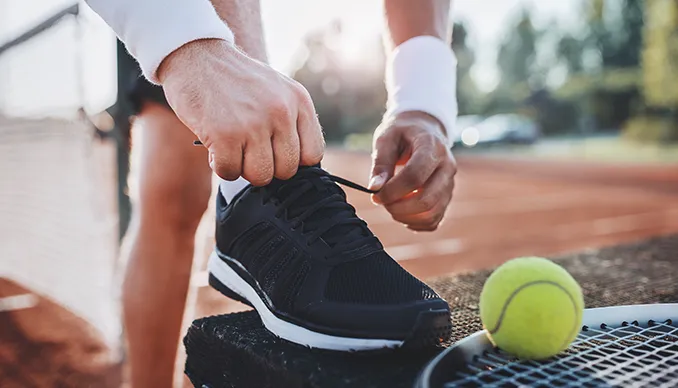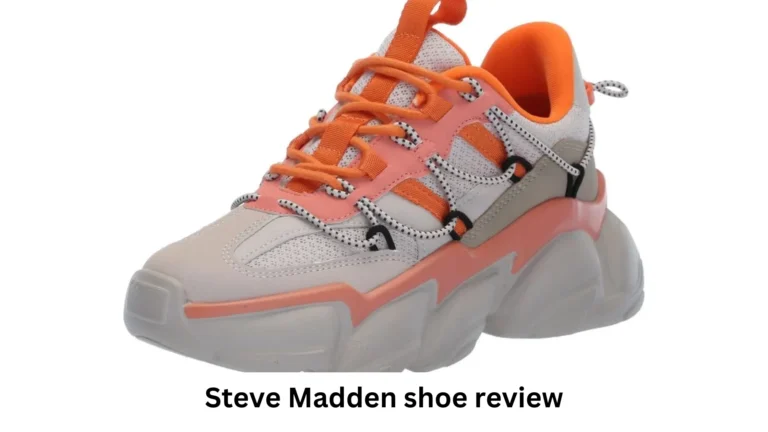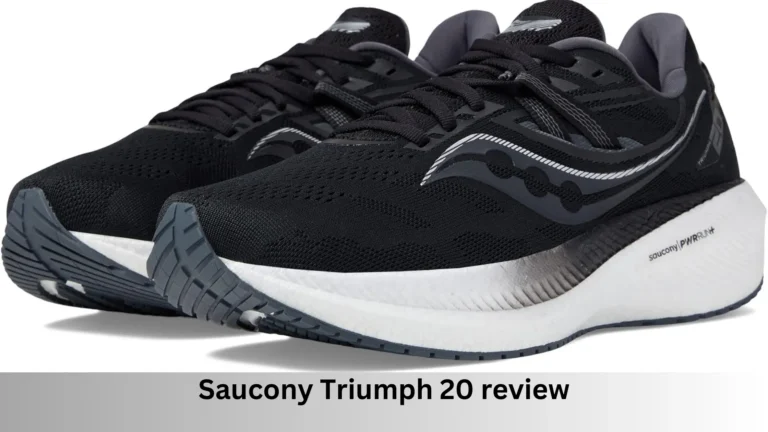
Difference Between Running Shoes and Tennis Shoes
When stepping into the world of athletic footwear, the distinctions between running and tennis shoes might not be immediately apparent. However, these differences are vital to understand, as they can greatly impact your comfort, performance, and overall foot health. Let’s break down the key differences to help you make an informed choice.
Purpose and Design
The fundamental difference between running shoes and tennis shoes lies in their intended use:
- Running Shoes: Specifically designed for forward motion, running shoes prioritize cushioning, support, and shock absorption. Whether pounding the pavement or hitting the treadmill, these shoes aim to reduce impact and improve stride efficiency.
- Tennis Shoes: Crafted for multidirectional movement, tennis shoes focus on stability, durability, and traction. These are essential for the quick lateral movements, pivots, and stops required during a tennis match.
Cushioning
- Running Shoes: Known for their plush midsoles, running shoes offer extensive cushioning to protect against repetitive impact. Most running shoes incorporate foam or gel technology to absorb shock, especially in the heel and forefoot areas.
- Tennis Shoes: Cushioning in tennis shoes is more moderate. While comfort is still important, excessive cushioning can compromise stability during lateral movements. Tennis shoes strike a balance between comfort and court grip.
Sole and Traction
- Running Shoes: Outsoles are often optimized for road or trail running. They may feature grooves and patterns for grip but lack the durability required for court surfaces.
- Tennis Shoes: These shoes boast durable, non-marking rubber soles for court surfaces. The tread patterns vary based on court types (hard, clay, or grass), ensuring optimal grip and sliding control.
Flexibility and Support

- Running Shoes: Typically more flexible in the forefoot to accommodate the natural rolling motion of your foot while running. They’re built for linear motion, offering minimal lateral support.
- Tennis Shoes: Engineered for multidirectional stability, tennis shoes often include reinforced sides and a more rigid structure to support lateral movements and protect against ankle rolls.
Weight
- Running Shoes: Lightweight designs are a priority to reduce fatigue during long runs. Modern materials like engineered mesh and EVA foam help keep them featherlight.
- Tennis Shoes: Slightly heavier due to the extra support and durable materials required for court play. The added weight contributes to their sturdiness and longevity.
Durability
- Running Shoes: While durable for their specific purpose, running shoes aren’t designed for the abrasive wear and tear of court surfaces. Frequent use on tennis courts can quickly degrade the soles.
- Tennis Shoes: Built to withstand the harsh conditions of court play, tennis shoes are more robust, particularly in high-wear areas such as the toe and lateral sides.
Style Differences
Though the style may not impact performance, it’s worth noting:
- Running shoes often feature sleek, sporty designs with vibrant colors and reflective elements for visibility.
- Tennis shoes are typically more understated, prioritizing functionality over flair, although some modern designs incorporate stylish elements.
Can They Be Interchanged?
While it’s possible to wear running shoes for tennis and vice versa in casual scenarios, doing so regularly can lead to discomfort and even injury. Using the wrong shoe for the wrong activity compromises both performance and the shoe’s lifespan. Here’s why:
- Running shoes lack the lateral stability and durable soles required for tennis.
- Tennis shoes may feel heavy and less cushioned for long-distance running, leading to faster fatigue.
How to Choose the Right Shoe
When shopping for athletic footwear, consider the following:
- Activity Type: Prioritize shoes designed for your primary activity.
- Fit: Ensure a snug but comfortable fit, with ample room for toe movement.
- Arch Support: Choose a pair that matches your foot’s arch type (flat, neutral, or high).
- Durability: Look for high-quality materials that suit your level of activity.
- Budget: While quality is important, there are excellent options available across different price ranges.
Conclusion
Understanding the difference between running shoes and tennis shoes goes beyond aesthetics. Their unique designs cater to specific activities, ensuring optimal comfort, performance, and injury prevention. Whether you’re chasing a personal best on the track or rallying on the court, the right pair of shoes can make all the difference.
Invest in footwear that supports your goals and your feet will thank you! Still unsure? Consult a specialist at your local athletic store for personalized guidance.
Read Also: Are APL Shoes Good for Running?

Hello, I am Natasha Rose. I am the founder of the website Best Running Shoes. I am from California, USA. I am a professional shoe analyzer and an employee in a shoe showroom. I like to provide information about all types of shoes.






